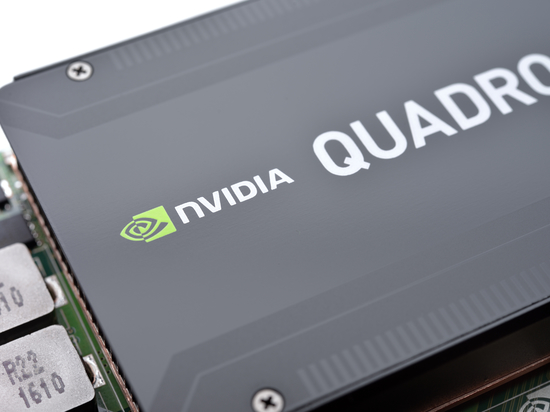
#Product Trends
HOW CRASH CARTS DELIVER LIFE TO PATIENTS IN DISTRESS
Portable life savers
A crash cart is a medical cart. This is a mobile storage unit primarily used to quickly transport medical devices and emergency medication to patients “crashing”, i.e., needing emergency life support asap. The most well-known example of a crash is a Code Blue.
A crash cart can be found:
In the emergency departments of hospitals.
Walk-in clinics like urgent care centers.
Outpatient surgical centers.
Specialized outpatient facilities like a cardiac stress testing center.
Crash carts are also known as code carts, crash trolleys, or a "MAX cart."
Some healthcare facilities like hospitals are required by law to have crash carts on the premises. Others, like medical offices, it’s just a recommendation.
Crash carts and similar medical carts are not workstations on wheels (WoW), which are sometimes also called medical carts. Healthcare staff use medical carts to house and transport medications and equipment for specific purposes. WoWs, on the other hand, are used to move medical cart computers to track and update patients’ health status during rounds.
Features of What Goes In a Crash Cart
Crash carts are used when a patient is suffering some sort of circulatory and/or respiratory distress: the patient stops breathing or their heart stops beating. Thus they are placed in designated sections of hospitals and other healthcare facilities. This makes it easy for the appropriate medical staff to reach them during an emergency.
Equipment, devices, and medication typically found on a crash cart include:
Defibrillators including pads
Heart monitor
Various suction devices
Various bag valve masks
Endotracheal tubes and other intubating equipment
Advanced cardiac life support (ACLS) drugs. Examples: epinephrine, lidocaine, sodium bicarbonate, and dopamine
First line drugs for treatment of common problems including dextrose, epinephrine for IM use, naloxone, and nitroglycerin
A paralytic like succinylcholine to paralyze thrashing patients for treatment
Sedatives such as propofol and midazolam to render patients unconscious for treatment
Equipment to treat pediatric patients like newborns
Required other drugs and equipment per the healthcare organization
Files, binders, reference sheets, and other forms of paperwork to document the cart’s inventory, when the equipment was last tested, and other necessary checks. Some facilities are incorporating medical tablets to aid in such tracking
Drawers of a crash cart are designed to slide in and out easily. They’re also balanced to be extended fully out without tipping the cart.
Dividers within them allow staff to customize placement of medications and other items within them.
The drawers also use some form of locking mechanism. They not only keep the medications and supplies safe from theft, but more importantly show the cart is properly stocked and equipped. This usually takes the form of a plastic breakaway lock. Carts with a broken one means they have been utilized for a code and not properly rechecked and stocked.
Every cart has casters with wheels to make it easy to move them quickly to the distressed patient. Once there, they can be locked in place.
No Need for a Plug - Powered Crash Carts
Crash carts, like many medical carts, can be had in non-powered and powered varieties. Features provided by the batteries of powered crash cart may include:
Electronically adjustable height, which allows a variety of healthcare staff to move them comfortably and with ease.
Auto-locking drawers for greater security.
Built-in power strip to connect devices, tools, emergency equipment, and crash cart accessories. The most common devices are the defibrillators and heart monitors. Otherwise, they run on their own rechargeable batteries or have to be plugged into an outlet at the site of the emergency.
Closing Thoughts
Crash carts help medical staff work on patient “crashes” like a heart attack. They are specially built for their vital function with features like easy-to-use drawers to store the necessary meds to wheel locks to keep them in place during the emergency. Powered crash carts provide additional features.
Contact an expert at Cybernet if you’re interested in learning more about how medical computers can be useful in working with your crash carts and their contents.





